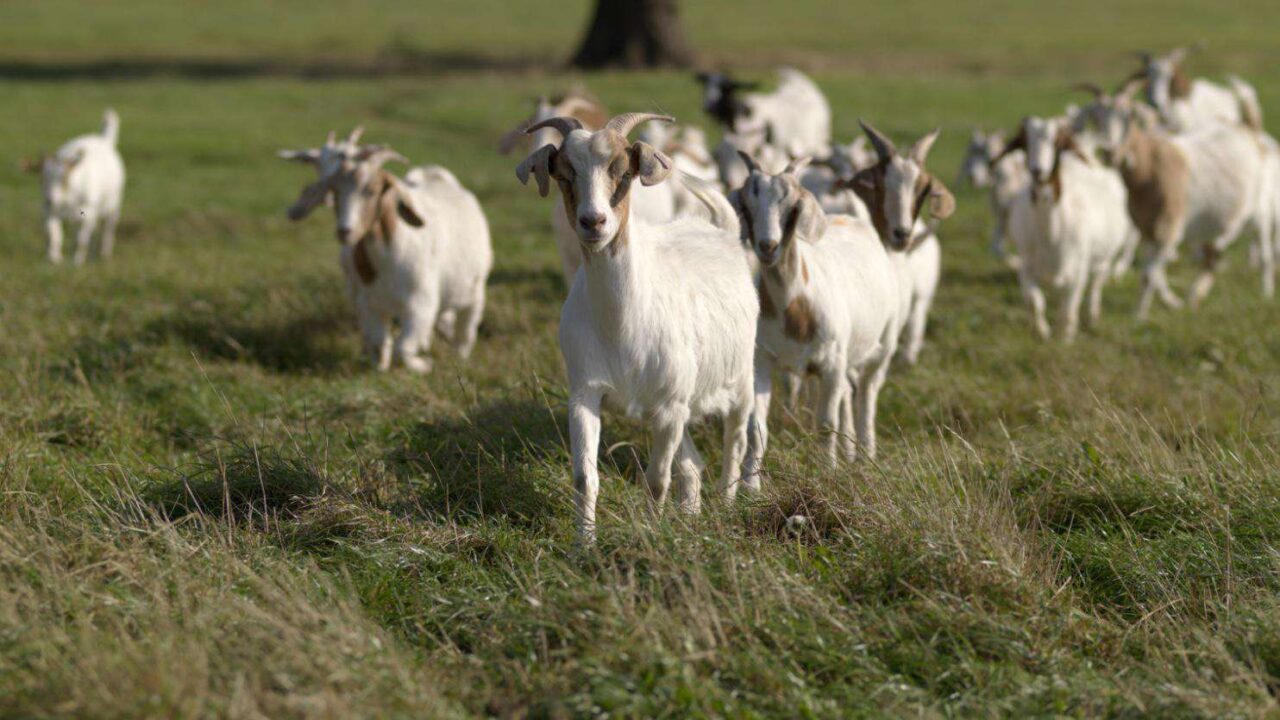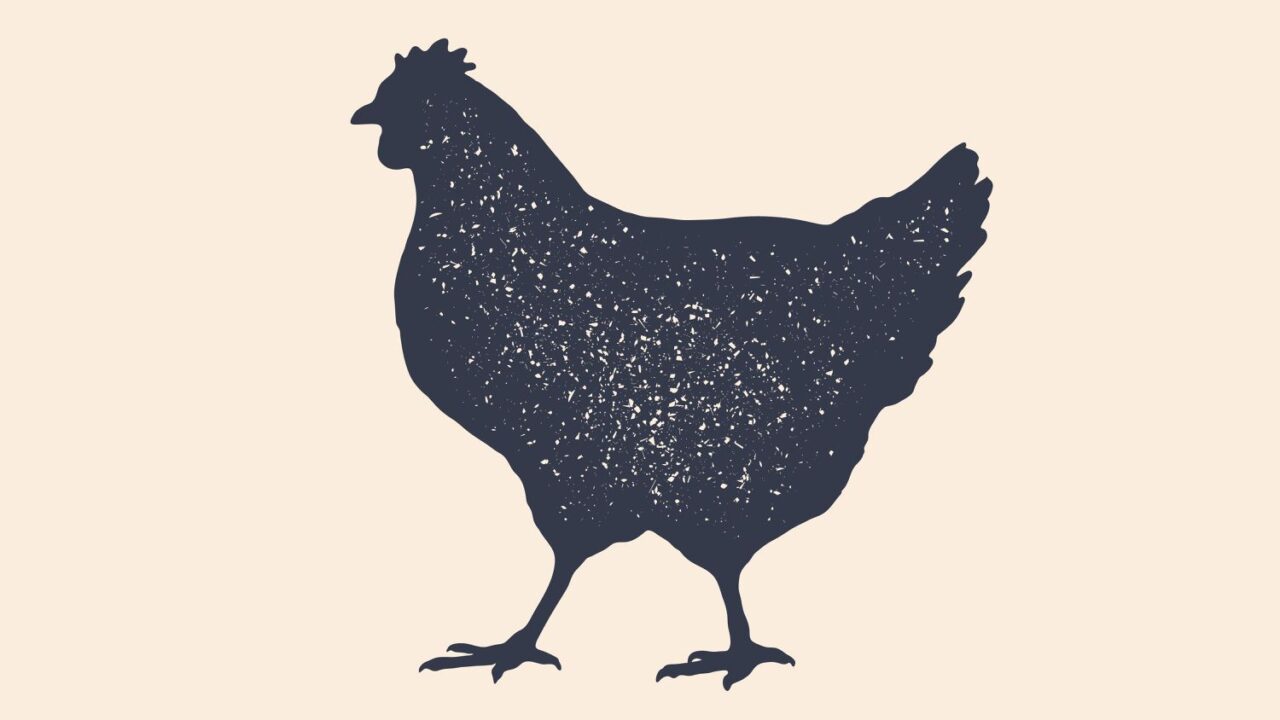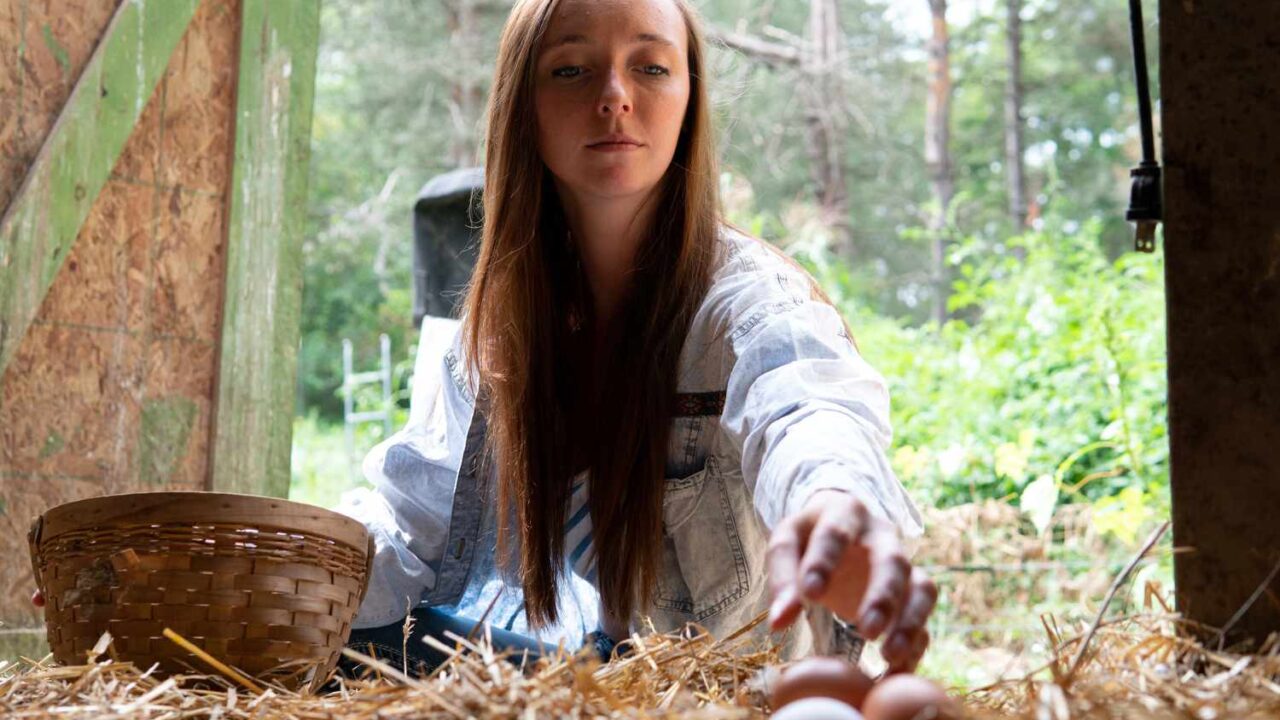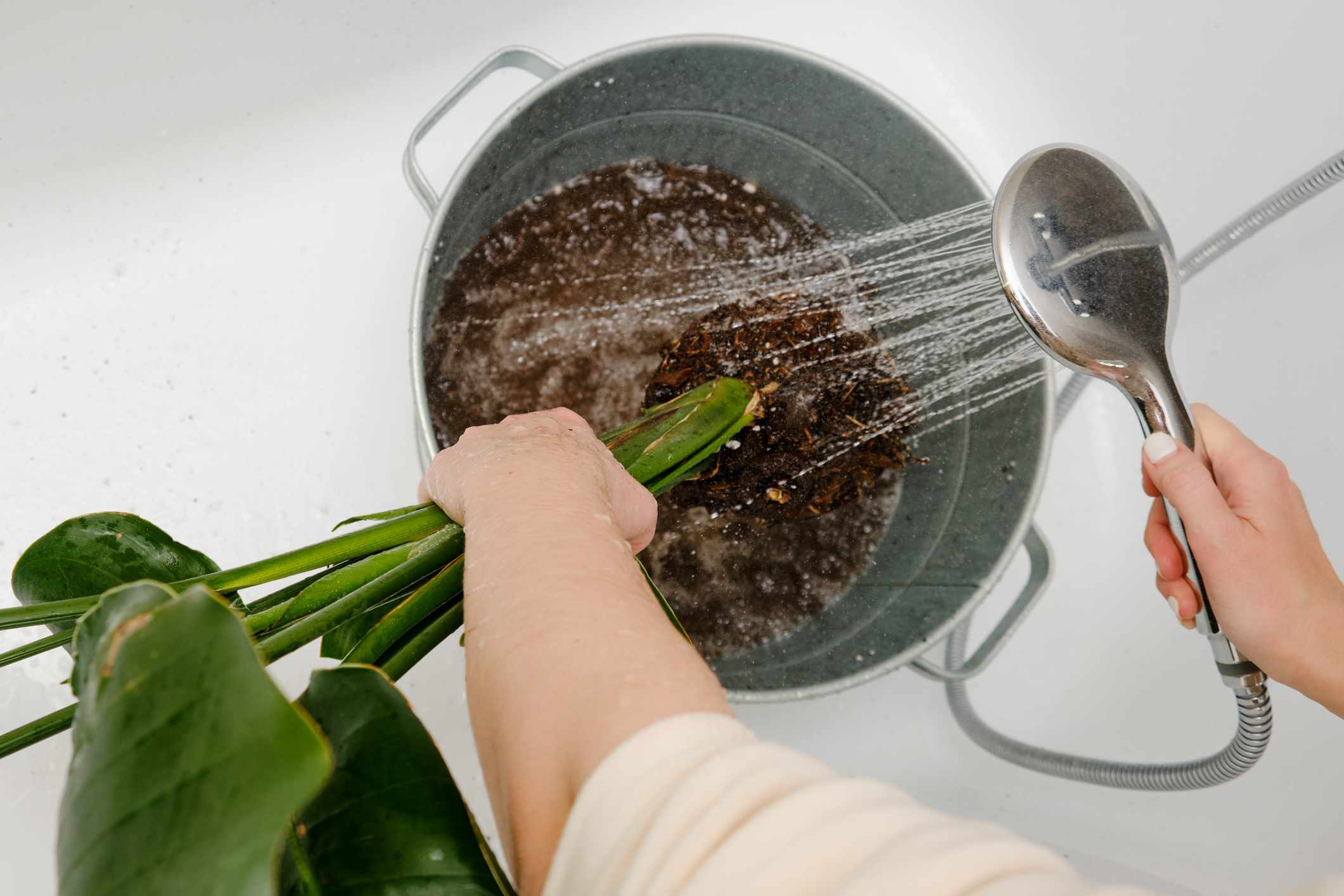Whenever you discover tiny white bugs on or within the soil of your houseplants, it’s often a purpose for alarm. And it’s not the one signal that one thing is off—the plant may also present different indicators of an infestation, resembling yellowing leaves and stunted development.
Nonetheless, not all tiny white bugs are dangerous. Earlier than you’re taking any motion, you will need to examine the problem extra deeply to ensure it’s a drawback. This overview walks you thru the various kinds of tiny white bugs it’s possible you’ll discover on houseplant soil and tells you the best way to eliminate them.
Wrongdoer #1: Root Mealybugs
What Do Mealybugs Look Like?
One of these mealybug lives beneath the soil. Root mealybugs have an elongated oval form, about 1/16 to 1/8 lengthy, and their our bodies are lined with a waxy white cotton-like substance, which is typical for mealybugs. They transfer very slowly.
Stanislav Sablin / Getty Photographs
Indicators of Mealybug Infestation
Root mealybugs feed on the sap from the plant roots, which causes the yellowing of leaves or leaf edges and drooping of the complete plant, because the nutrient provide is lower off. If you happen to take away the plant from its pot, you’ll discover that the roots are limp.
Wrongdoer #2: Soil Mites
What Do Soil Mites Look Like?
Soil mites are tiny, smaller than pinhead-size white arachnids that you simply may discover in your soil or compost bin. They’re so small that they’re laborious to establish with the bare eye; they seem like numerous tiny white spots within the soil.
Indicators of Soil Mites
Soil mites are the one tiny white bugs within the bunch which can be really extremely helpful. They break down and feed on natural matter within the soil and assist with soil aeration. Some soil mites are predators that management pests resembling thrips.
Soil mites ought to be left alone—they’re good bugs.
Wrongdoer #3: Root Aphids
What Do Aphids Look Like?
Root aphids, not like aphids feeding on leaves , dwell within the soil. They’re a typical pest in greenhouses so they could have include the potted vegetation. They’re oval-shaped, woolly white in look and don’t transfer round as swiftly as foliar aphids. You want a hand lens to establish them.
Tomasz Klejdysz / Getty Photographs
Indicators of Root Aphid Infestation
When root aphids feed on a plant, you’ll discover yellowing and/or curling of leaves, wilting of the plant, and stunted development.
Wrongdoer #4: Scale
What Do Scale Bugs Look Like?
Scale bugs, which might vary from 1/8 to 1/16 inch in size, come in numerous colours, together with white. They usually include contaminated soil and also you’ll solely discover them as a result of at they type clusters that seem like white bumps and never bugs.
Boyloso / Getty Photographs
Indicators of Scale Infestation
The indicators of a scale infestation are yellowing and wilting of the leaves, curling of the perimeters, and ultimately defoliation. If you happen to examine affected leaves with a hand lens, you may discover the puncture marks from their piercing and sucking.
Wrongdoer #5: Fungus Gnats
What Do Fungus Gnats Look Like?
These small legless flies have white our bodies and black heads. They’re about the identical measurement as fruit flies. Fungus gnats infest constantly moist potting soil, potting combine, and different container media. One telltale indicators of their presence are slimy trails on the soil of potted vegetation that resemble trails from snails or slugs.
Tomasz Klejdysz / Getty Photographs
Indicators of Fungus Gnat Infestation
Fungus gnats feed on plant roots, which causes yellowing of the leaves, leaf drop, and stunted development.
The best way to Get Rid of Tiny White Bugs in Soil
After you’ve got made certain that you’re the truth is coping with a pest and never with helpful soil mites, it’s best to take a gradual strategy.
Andrey Zhuravlev / Getty Photographs
- Begin by isolating the infested plant so it doesn’t transfer to different vegetation.
- Attempt to bodily take away as most of the bugs as you’ll be able to by scooping them up within the skinny topmost layer of soil. Subsequent, put the plant within the sink, a bathe, or bathtub and completely wash the leaves (together with the undersides) and stems with water at room temperature (round 78 levels F).
- If the plant nonetheless struggles, do a soil drench with neem oil. Following label instructions, dilute neem oil with water and pour it onto the potting soil. Even in case you don’t see an infestation on the foliage, additionally spray it with neem oil when you’re at it.
- If this fails, you can too strive spraying with an insecticide in keeping with package deal directions. If utilizing on greens, herbs, or something that you simply intend to eat, be sure to decide on an insecticide that’s secure to make use of for edible vegetation.
The best way to Transplant Your Plant
The final word step if all else fails is transplanting the plant. This is the best way to do it:
- Water the plant effectively to melt the soil, then carry it out of the outdated pot.
- Shake it very gently and run your fingers by means of the roots over a rubbish can to take away as a lot soil as attainable with out damaging the roots.
- Subsequent place the plant in a plastic tub in a sink or bathtub and wash off the soil. Don’t do it proper within the sink or bathtub, or the soil could clog the drain.
- After you’ve got eliminated as a lot soil as attainable, switch the plant to an outdated newspaper or giant piece of cardboard. Drain water from the eliminated soil and eliminate the soil within the trash.
- Spray the roots with a neem oil resolution (following the system for a soil drench).
- Replant it with contemporary sterilized potting combine in a brand new, sanitized pot.
Key Takeaways
- There are a number of tiny white bugs that you could be discover in your soil or in your plant.
- Mealy bugs are tiny white bugs that feed on sap from vegetation. They’ll trigger limp roots, yellowing leaves or leaf edges, and drooping.
- Soil mites are helpful bugs that management pests and ought to be left alone. They are often so small it’s possible you’ll not be capable to see them along with your bare eye.
- Root aphids are oval-shaped, woolly white, and feed on plant roots. They’ll trigger yellowing or curling leaves, wilting, and stunted development.
- Scale bugs type clusters that seem like white bumps. These bugs can result in yellowing and wilting leaves, curling edges, and defoliation.
- Fungus gnats seem like legless flies with white our bodies and black heads. They feed on plant roots, which might result in yellowing leaves, leaf drop, and stunted development.
- It is attainable to eliminate white bugs in your soil with strategies like utilizing neem oil, insecticide, or transplanting your plant.





